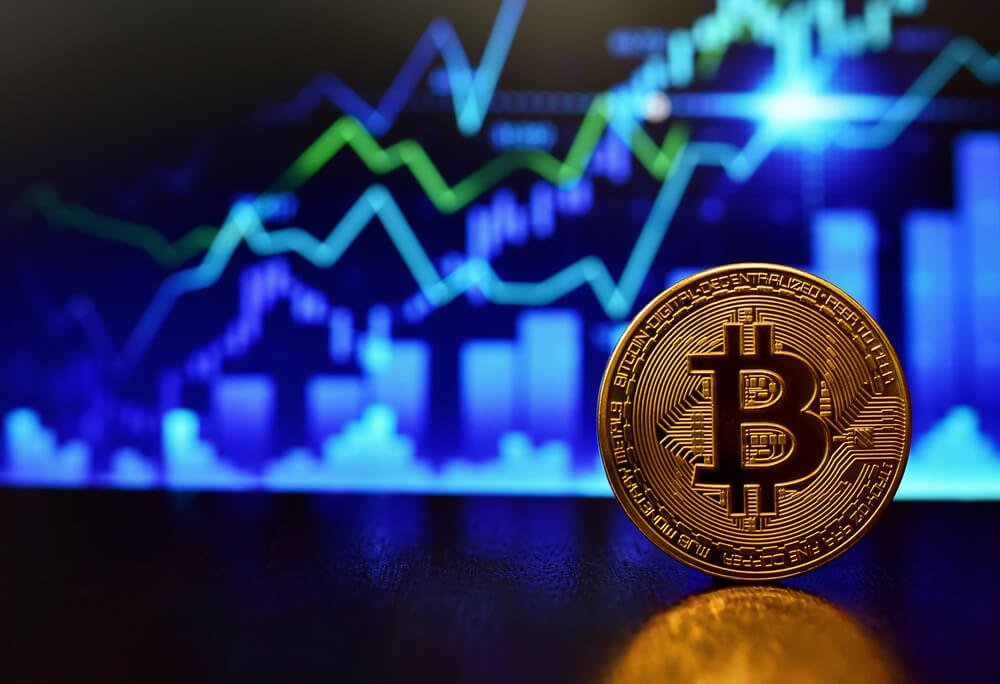
Crypto Burn Explained: Igniting Value and Reducing Supply
Cryptocurrency burning is a process of permanently removing digital currency tokens from circulation. People who aren’t familiar with the topic may find it hard to understand the importance of ‘crypto burn.’ No worries, the topic is quite simple. Let’s start from the beginning.
This action reduces the total supply of tokens. It is typically executed by sending them to a wallet address from which they cannot be retrieved or spent, effectively “burning” them. The burn address is designed in such a way that no one holds the private keys to access the tokens, making it impossible for these tokens ever to be used again.
Purpose of crypto burn
The primary reason for burning cryptocurrencies is to control inflation and increase scarcity, which, in theory, could increase the value of the remaining tokens if demand remains constant or increases.
It is a method often used by developers and project teams to manage the token economy of their cryptocurrency. By decreasing supply, they aim to create deflationary pressure on the token, contrasting with fiat currencies, which can experience inflation as governments print more money.
Practical applications for coin burning
Companies engage in stock buybacks to decrease the circulating amount of shares, aiming to enhance share value and improve financial metrics. This strategy, however, doesn’t always yield the desired outcomes, occasionally leading to adverse effects instead. Another reason for share repurchases is to safeguard against hostile takeovers, wherein acquiring a majority share could lead to control over the company.
Similarly, in the cryptocurrency world, entities conduct token burns to reduce the available supply, with the objective of increasing the token’s worth and making it more scarce. This control over the supply aims to boost the value of the holdings of those conducting the burn.
Cryptocurrencies and new opportunities
Cryptocurrency developers might intentionally burn tokens as a strategic move to achieve these goals, paralleling practices seen in traditional financial markets with stock buybacks.
Token economy management
Numerous projects burn tokens to manage their token economy. For instance, a project might commit to burning a certain percentage of transaction fees collected in its native token. This practice encourages users to hold onto their tokens in anticipation of increased value over time as the supply decreases.
Initial coin offerings (ICOs) and token sales
During Initial Coin Offerings or other token sale events, not all tokens may be sold. To maintain the value of the tokens that were sold, projects often burn the unsold tokens. This action ensures that early investors do not feel devalued by a sudden increase in supply if the unsold tokens were released into the market at a later date.
Proof of burn (PoB) consensus mechanism
Proof of Burn is a consensus mechanism where miners and validators can participate in the network’s security processes by burning a portion of tokens. This method is seen as a more energy-efficient alternative to Proof of Work (PoW), requiring miners to show proof of burning coins, which, in turn, grants them the right to mine on the network.
The idea is that by burning tokens, miners are investing resources (the value of the burned tokens) for the long-term health of the network, similarly to how PoW miners invest in hardware and electricity.
Rewarding loyalty and encouraging participation
Some projects use ‘crypto burn’ to reward community participation or loyalty. For instance, a project could burn tokens equivalent to the amount spent on transaction fees by their most active users, effectively giving them a rebate and incentivizing continued use of the platform. This method not only reduces the overall supply but also promotes a more active and engaged community.
Governance and decision-making
In decentralized finance (DeFi) projects and decentralized autonomous organizations (DAOs), token burning can be used as a tool for governance. Token holders can vote to burn a portion of the token supply to achieve various goals, such as reducing supply, increasing token value, or reallocating resources within the ecosystem.
This democratic approach to token management allows for a more community-driven strategy in managing the project’s economy.
Anti-spam measures
Some projects utilize token burning as an anti-spam measure. By requiring a small amount of tokens to be burned to execute transactions or actions on the network, projects can deter malicious actors from spamming the network with meaningless transactions.
Importantly, this method can help maintain network performance and security without imposing prohibitive costs on legitimate users.
Challenges and considerations
While coin burning has several potential benefits, it also comes with challenges. The primary concern is the need for a balanced approach to burning. Excessive burning could lead to too much scarcity, potentially alienating new or small-scale users due to high token values or transaction costs.
Besides, the effectiveness of burning as a strategy to increase token value relies on continuous demand; without demand, reducing supply may not have the desired economic impact.
Furthermore, the act of burning must be transparent and verifiable to maintain trust within the community. Projects must ensure the process is documented and that the tokens are verifiably sent to a burn address, with transactions visible on the blockchain.
Final thoughts
It is worth noting that ‘crypto burn’ is a strategic tool used by projects to manage their token economy, influence token value, and engage their community. It has practical applications ranging from economic management to network security.
Nevertheless, the effectiveness of token burning depends on its execution and the broader context of the project’s demand and community engagement. As the crypto space evolves, the strategies around token burning will likely continue to develop, reflecting the complex interplay between supply, demand, and community dynamics in the cryptocurrency ecosystem.




